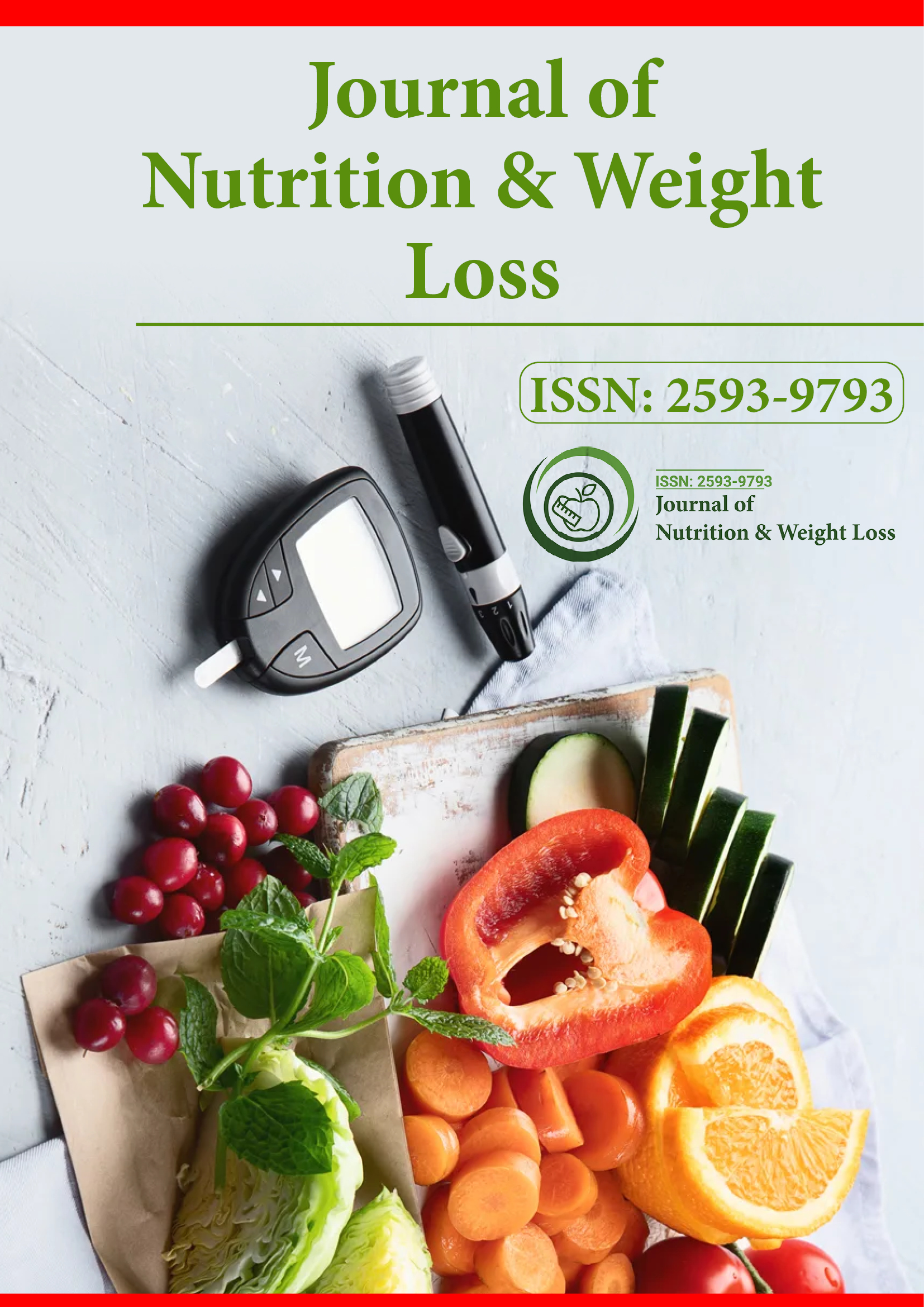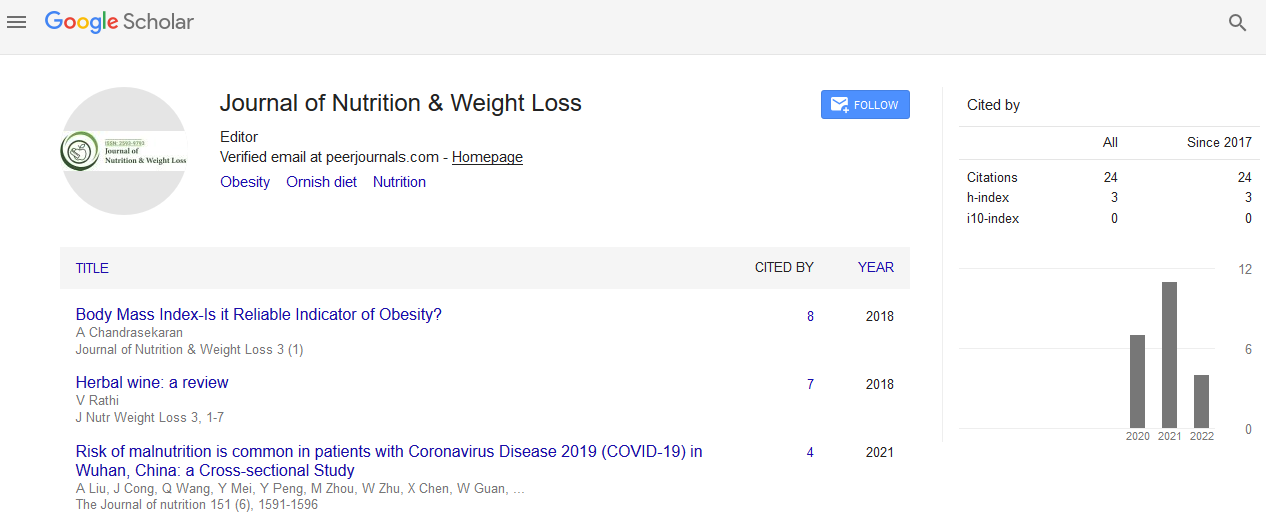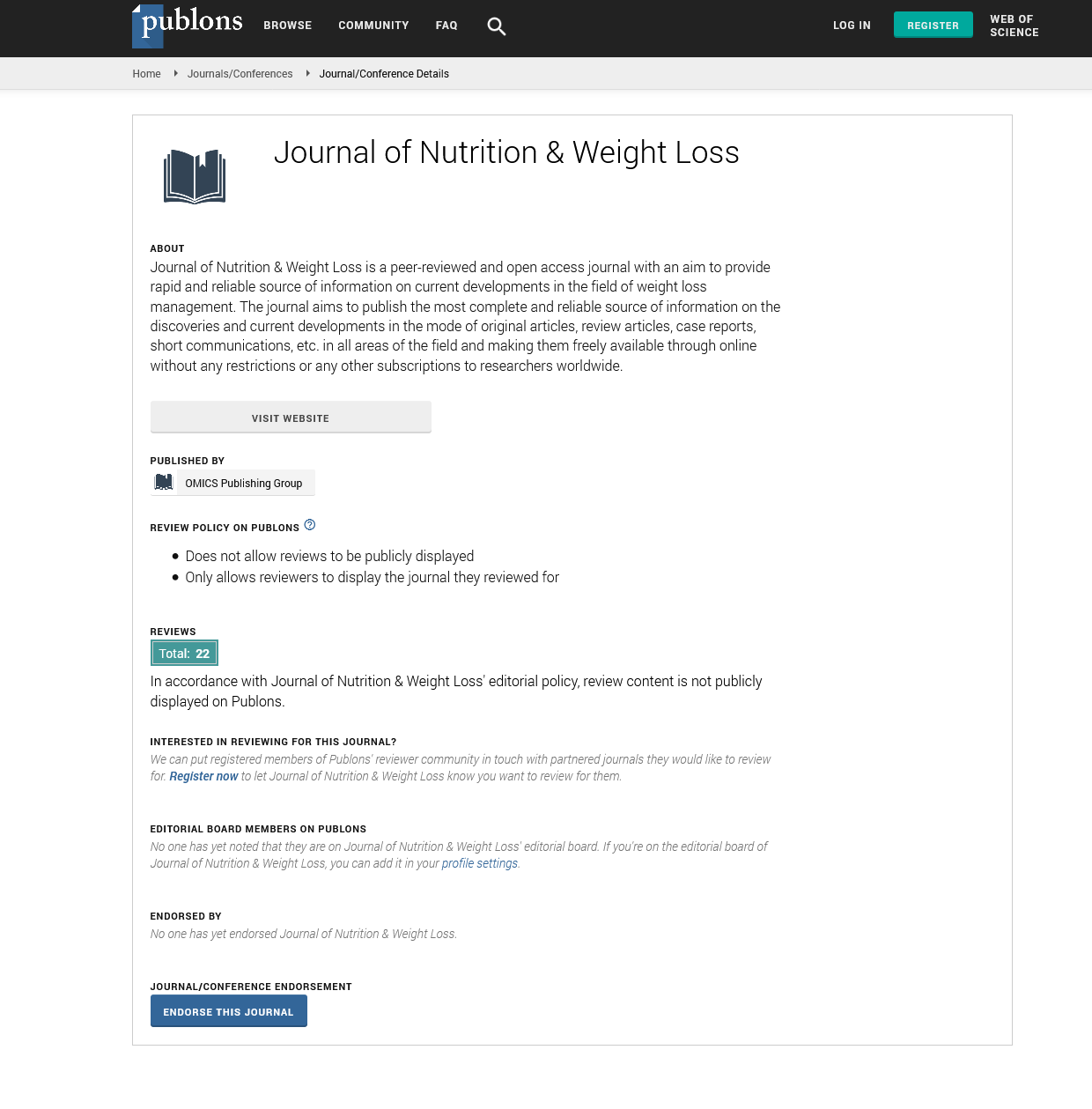Indexed In
- RefSeek
- Hamdard University
- EBSCO A-Z
- Publons
- Euro Pub
- Google Scholar
Useful Links
Share This Page
Journal Flyer

Open Access Journals
- Agri and Aquaculture
- Biochemistry
- Bioinformatics & Systems Biology
- Business & Management
- Chemistry
- Clinical Sciences
- Engineering
- Food & Nutrition
- General Science
- Genetics & Molecular Biology
- Immunology & Microbiology
- Medical Sciences
- Neuroscience & Psychology
- Nursing & Health Care
- Pharmaceutical Sciences
Outdoor movement activities like a tool of overweight and obesity reducing in children
Webinar on World Summit on Obesity and Weight Management
December 15, 2021 | Webinar
Vaclav Bunc
Faculty of Physical Education and Sports, Charles University Prague, Czech Republic
Scientific Tracks Abstracts: J Nutri Weight Loss
Abstract:
The present is characterized by the increasing movement deficiency leading to severe complications, including medical. Basic health concern is the rise in overweight and obesity.39 million children under the age of 5 were overweight or obese in 2020.Over 340 million children and adolescents aged 5-19 were overweight or obese in 2016 (WHO 2021). Overweight and obesity are preventable. The main reason of this state is the mismatch of energy intake to its output. Energy expenditure in the last two decades of stagnating or even declining, output dropped significantly. Realized volume of physical activity during this period decreased by about 30%. In children, the regular realization of physical activities clearly depends on the form and method of the offer. The classic movement activity currently are not sufficiently interesting for children and, therefore, it is necessary to search for new forms and methods of the offer. To such activities it clearly belongs to outdoor activity - mainly walking and/or running in nature. The effect of exercise intervention using outdoor activities (walking, cycling, outdoor games, inline skating, etc.) was studied in 252 girls 263 boys overweight or obese at the age of 6-14 years (mean age was 11.6 ± 3.6 year, body mass was at least 95 percentiles of the BMI population norms). The exercise program energy cost was at least 5.5 kcal.kg-1.day-1 or 60 min daily physical activity with moderate intensity. Applied intervention increased exercise regimen at least 30% and caused significant body mass loss (13.8 ± 2.8 % of initial body mass in boys and 14.0 ± 2.9 % in girls), and significant increase of aerobic physical fitness described by VO2peak (15.8 ± 3.0 % of initial oxygen uptake peak in boys and 14.0 ± 2.8 % in girls). Body mass decrease and aerobic fitness increase expressed as a percentage of initial value were independent of age and sex and was directly proportional to the energy content of the imposed movement training. Outdoor activities that respect individual interests and physical experience are able to significantly reduce overweight and obesity in children aged 6-14 years.
Biography :
Václav Bunc, PhD earned from the Technical University Prague, professor in the Exercise Physiology on Charles University Prague Main topics: evaluation of physical fitness, exercise physiology, obesity managing, functional and physical testing in laboratory and field, body composition, BIA methods, moving regimes for prevention in cardiac and obese patients. Publications: first author more than 400 items in scientific Journals. He is a member of Czech and International scientific societies.


